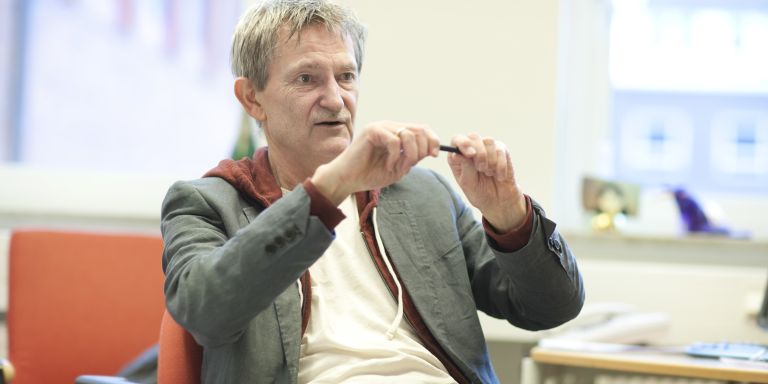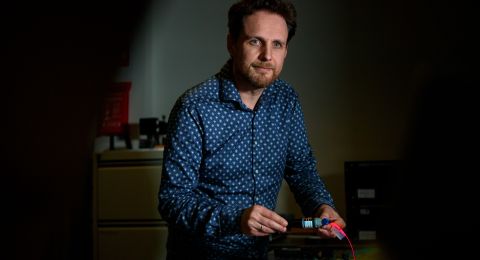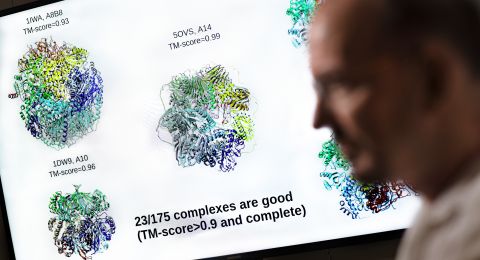
Project Grants 2012
Stochastics for big data and big systems
Principal investigator:
Holger Rootzén, Professor of Mathematical Statistics
Co-investigators:
Olle Häggström
Jeffrey E. Steif
Johan Wästlund
Bernt Wennberg
Sergei Zuyev.
Institution:
Chalmers University of Technology
Grant in SEK:
SEK 50.3 million over five years
Imagine that you are an engineer and have the responsibility for a container ship. In its 20-year lifetime, the ship will carry millions of containers over the world's oceans and will have to survive both giant waves and hurricane-force winds. The strains are considerable. How should you dimension the ship? It will be very expensive if you make it too strong, but at the same time; if you make it too weak it may have fatal consequences. How do you walk this tightrope?
An engineer of today might want to place sensors at around 30 different places on the ship to measure the strains on it.
Then all the strains are continuously recorded as the ship sails along, perhaps for a few months. The result is an enormous amount of data - and the engineer might find it difficult to see the forest for the trees.
“As a mathematician, I would ask why not use 300 sensors instead to get an even better picture of the loads and strains on the vessel,” says Holger Rootzén, Professor of Mathematical Statistics at Chalmers University of Technology.
Better understanding
The strength of mathematics is that it can help in bringing order into chaos, and finding the needle in the haystack. In the project “Stochastics for big data and big systems”, financed by the Knut and Alice Wallenberg Foundation, researchers from many different parts of mathematics will develop methods that can handle gigantic amounts of data and huge systems. Based on local events, e. g measurements from 300 sensors over three months, the methods will help researchers draw conclusions about global events, such as, whether the ship will survive 20 years of sailing.
Holger Rootzén tells about another use of mathematics, which is to calculate the risk of extreme storms. When the wind storm Gudrun swept over Sweden in 2005, she destroyed nearly 75 million cubic meters of forest. This storm alone cost the insurance companies more money than all the losses for the previous 25 years taken together. To be able to handle such extreme events, insurance companies buy insurances in even bigger, so-called reinsurance companies.
“But, should an insurance company buy a reinsurance policy for a wind storm that costs one billion, or five billion, or perhaps even SEK 30 billion. We are developing mathematical models which will help us make such decisions,” says Holger Rootzén.
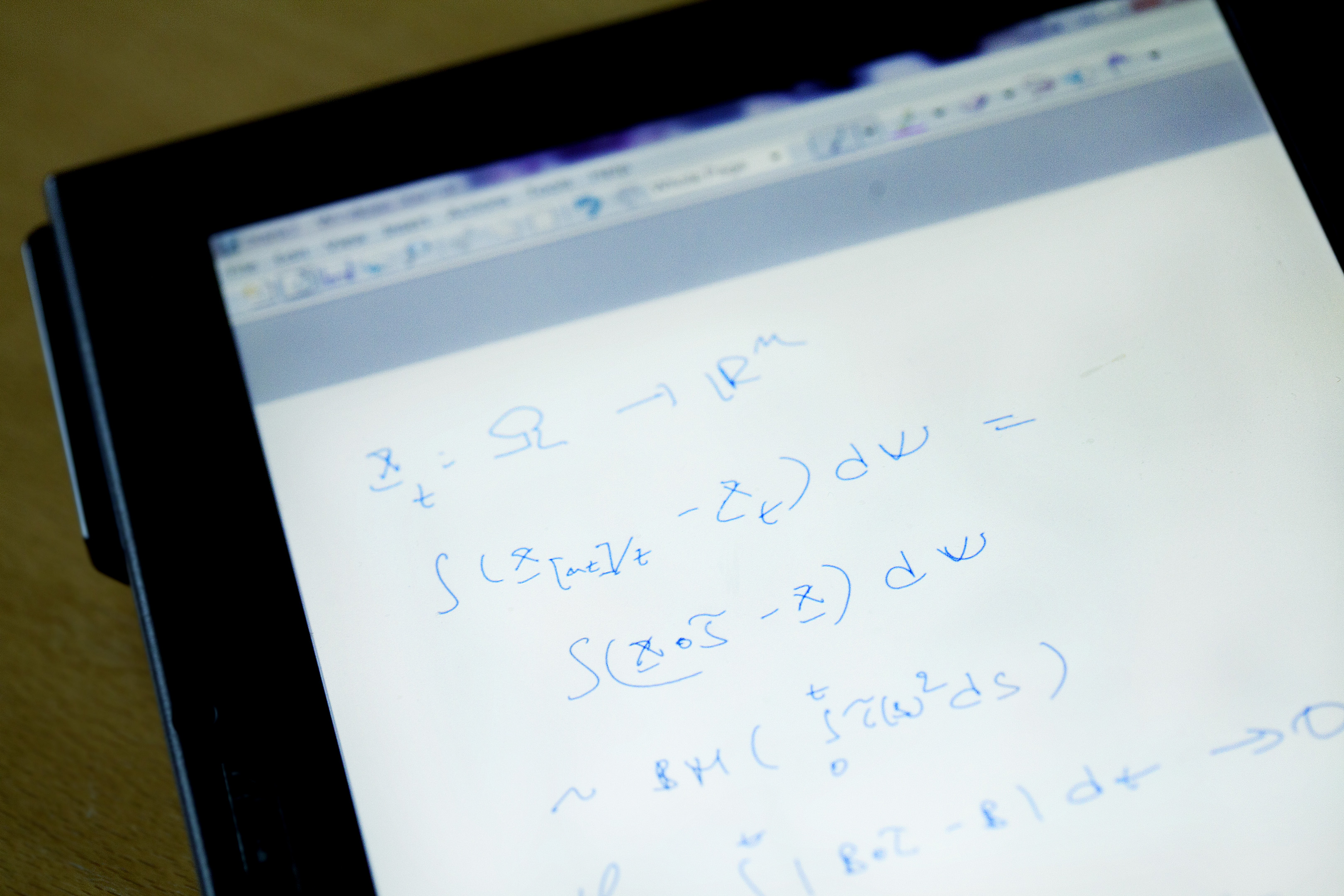
The models he uses build on large sets of historical data: wind measurements from the Swedish Meteorological and Hydrological Institute, and the costs of earlier wind storm losses. In the models, he also includes predictions on how an increasingly warmer climate might change the frequency and fierceness of wind storms.
“Then, we use the models to try to predict what the future will look like,” says Holger Rootzén.
Mathematics is reused all the time
The same models that he uses for storms can also be used to evaluate risks of other events, such as extreme heat waves or violent floods.
“The power of mathematics is that the same mathematical models can be used in order to understand many different phenomena. The mathematics used in physics is also useful in chemistry and biology. In the same way, mathematical models that describe wind storms can work just fine for predicting the sizes of losses in a financial crisis,” says Holger Rootzén
He gives more examples on where new mathematical models are needed to help researchers use local measurements to draw conclusions about an entire system, like “How fast is a medicine released through a gel?”, “How fast does water flow through a porous soil, such as in the Hallandsåsen railway tunnel?”, “How can one understand the structures of networks of friends on Facebook?”
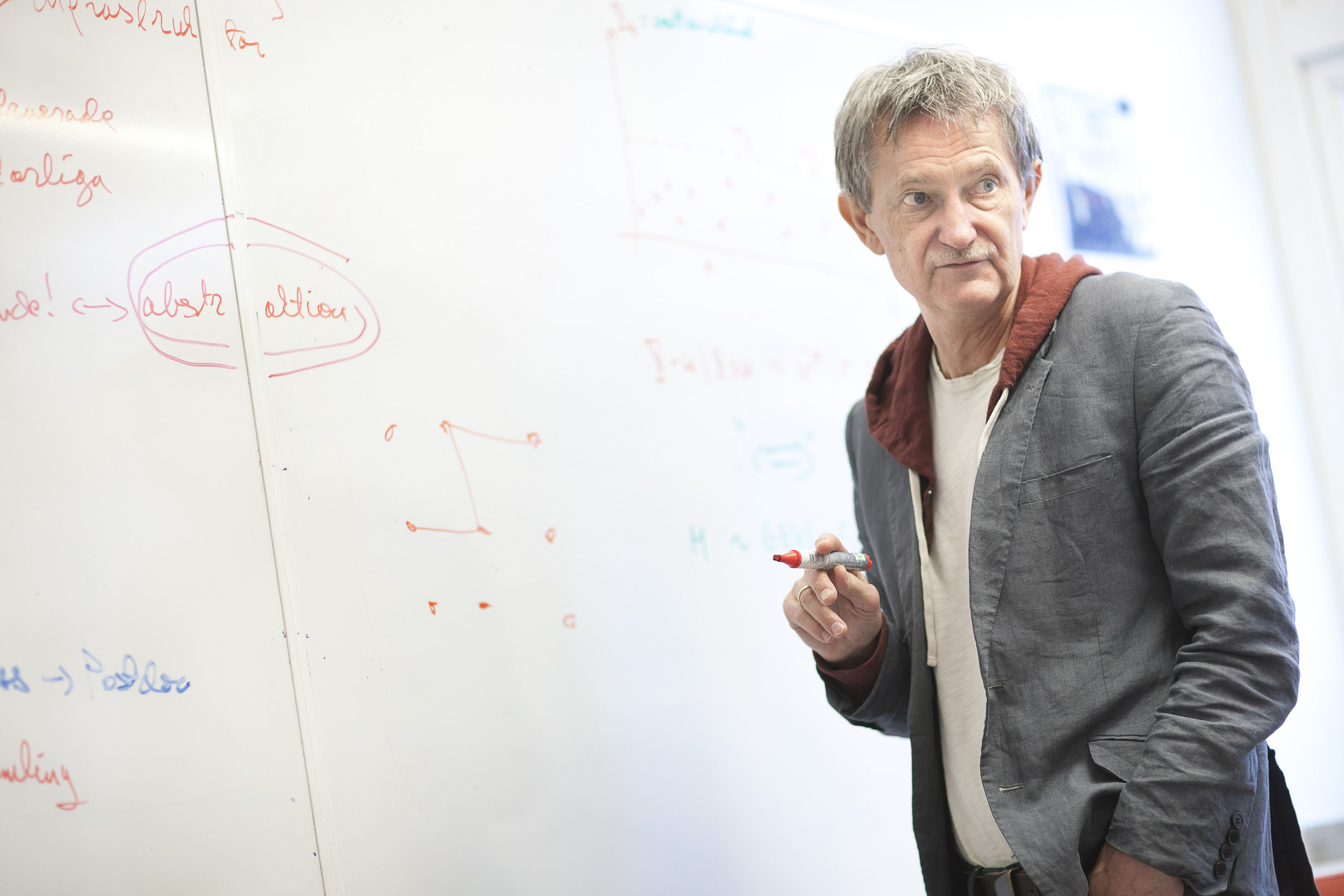
Holger Rootzén coordinates the project, which includes ten other mathematicians. They recently had a kick-off that gave them a taste for more. The meeting with the other mathematicians was instructive:
“It was very exciting to see how quite different parts of mathematics can work together. Talking over boundaries is one of the main aims of this project.”
And he has great hopes that the project will lead to useful new mathematics:
“The need for mathematics grows explosively. The world gets more and more complicated. We must find new and general methods for handling all the data we produce and collect,” says Holger Rootzén.
Text Ann Fernholm
Translation Semantix
Photo Magnus Bergström
